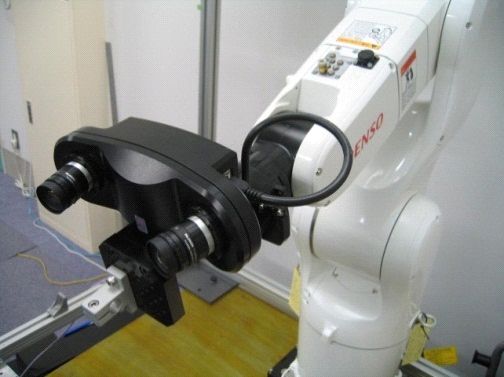Center's Profile
[1] Activities
- Conducting contract-based or collaborative researches commissioned by businesses, national and local government
- Inviting businesses for donations for promoting learning
- Offering technical consultation service
- Other activities
[2] Research and development sectors
(1) Computational intelligence infrastructure research
Researchers strive to develop infrastructural technologies such as robotic adaptation of intelligence and networking, incorporating the principle of the computer intelligence. Sensors used for gyro equipment, GPS, wireless LAN, cameras, etc. have become compact, light, and low cost. What matters is to load a large volume of information available in the real world into the computer, making multiple uses of these sensors. The information gained must be processed effectively and efficiently. Solutions to these issues are what we conduct infrastructural research for.
(2) Mechanical system infrastructure research
Researchers strive to develop infrastructural technologies that enable robots to deliver high performances, incorporating the principles of sciences and technologies of the mechanical systems. The research analyze robot’s mechanisms, materials, controls, and other elements, to explore new ideas, specifically, development of a new mechanism, use of new materials such as high-polymers, development of a highly energy-efficient hydraulic system, light and compact high speed vision, extremely light robotic link frames, flexible tactile sensors, and so on.
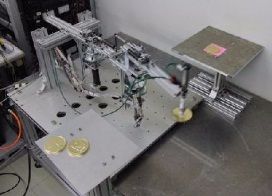 |
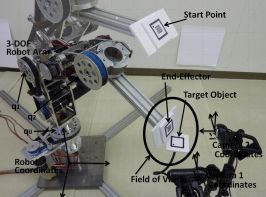 |
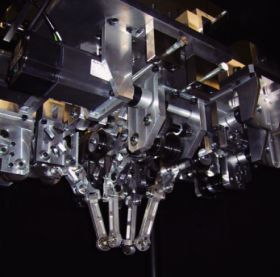 |
 |
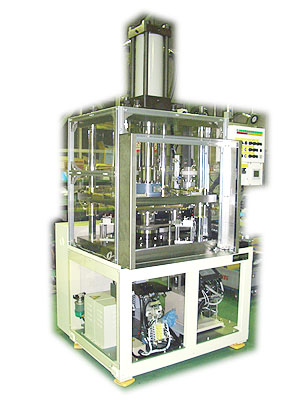 |
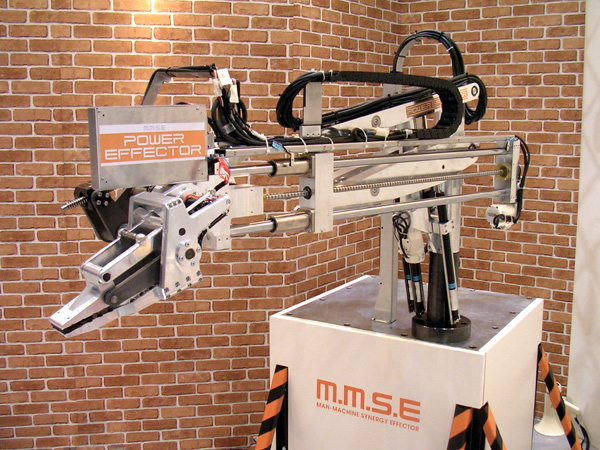 |
|
|
(3) Manufacturing and production
Researchers aspire to explore innovative manufacturing and production technologies through robots, for the handling of soft objects and the other handling works, which have been a difficult job in the manufacturing sector, enabling a job in an extremely high-speed motion, for infusing robots with intelligence using multiple sensors, and so on. We envision a broad spectrum of the sector, from industrial goods made in the factories to products of agriculture, forestry, and fisheries.
(4) Work in a hazardous environment
Researchers at this center are committed to the development of robots designed to work in such realms as ocean, space, and atomic power where humans find it difficult to do a certain job, specifically, robot remote control system, moving on uneven ground, handling heavy objects outdoors, moving underwater, underwater handling, handling in high places, handling heavy objects in the factory, and so forth.
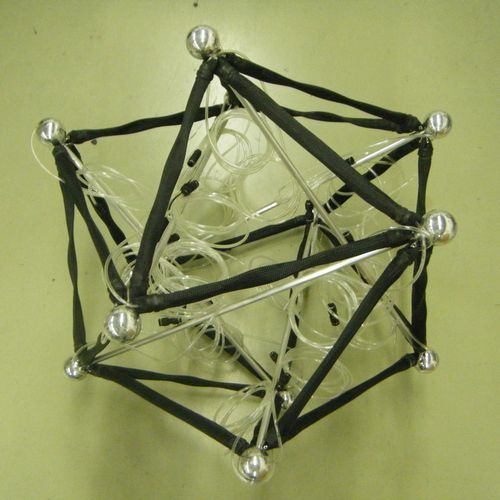 |
|
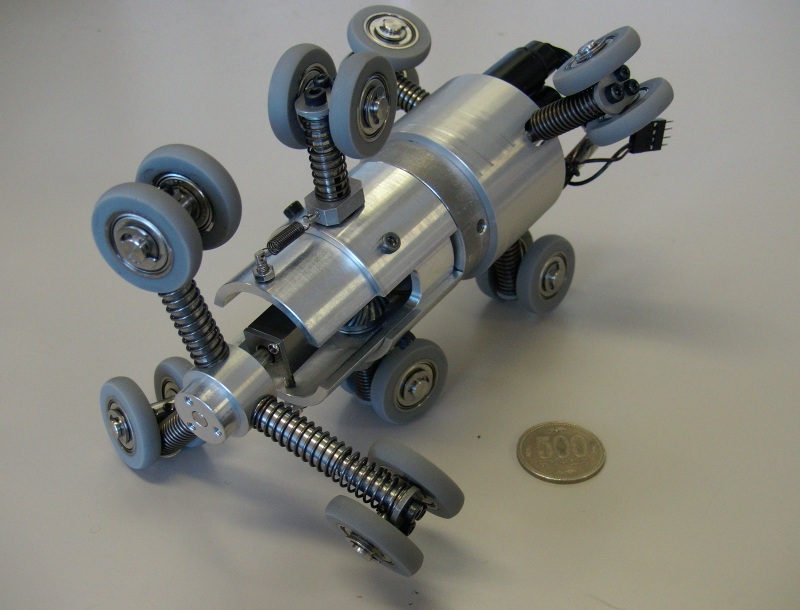 |
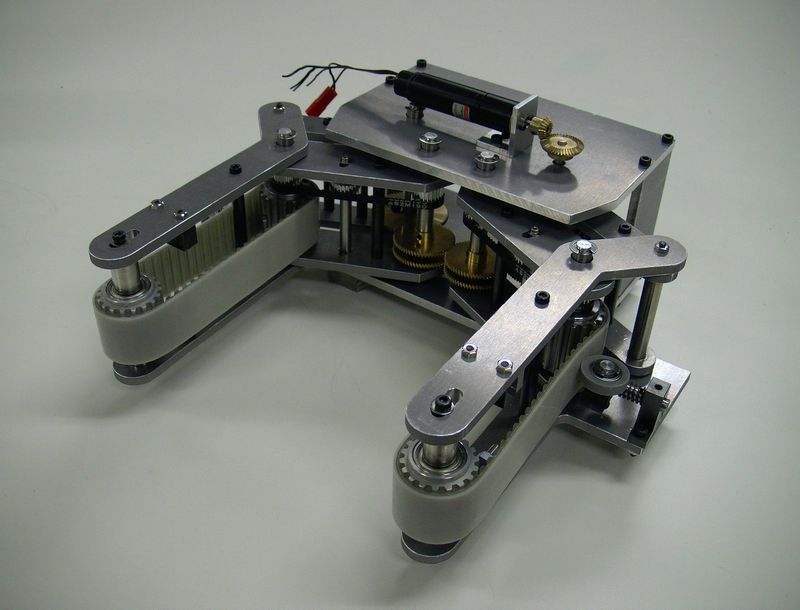 |
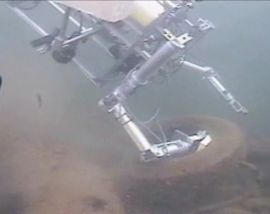 |
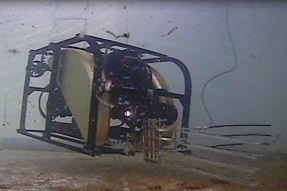 |
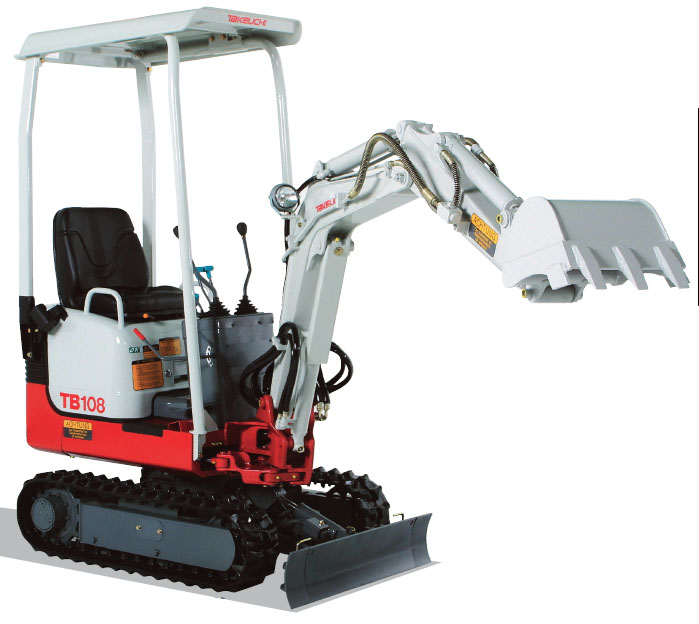 |
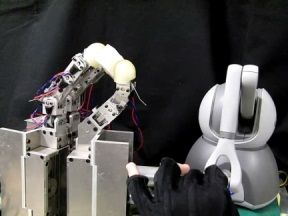 |
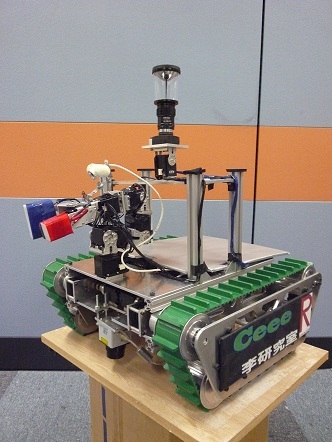 |
(5) Health care and welfare
Researchers endeavor to develop robots usable in such realms as health care, diagnosis, welfare, rehabilitation, training, etc. This center, in close cooperation with other research partners, tries to forge a new robotic system using computed human physiology and kinesiology and other studies.
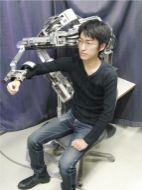 |
 |
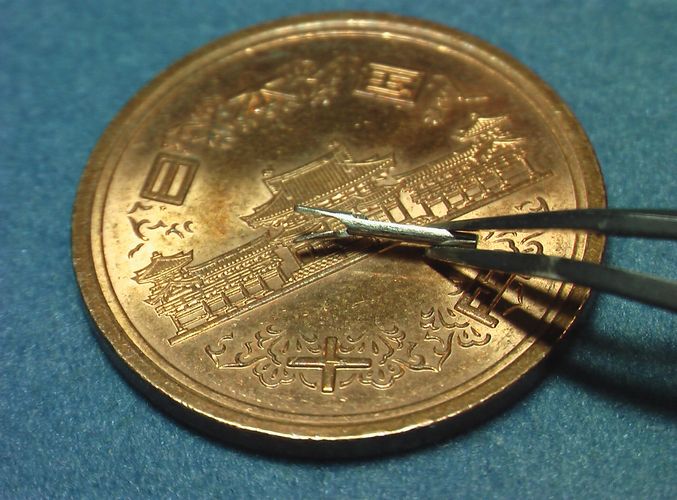 |
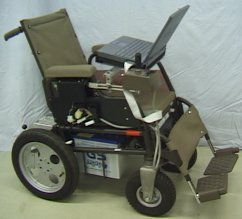 |
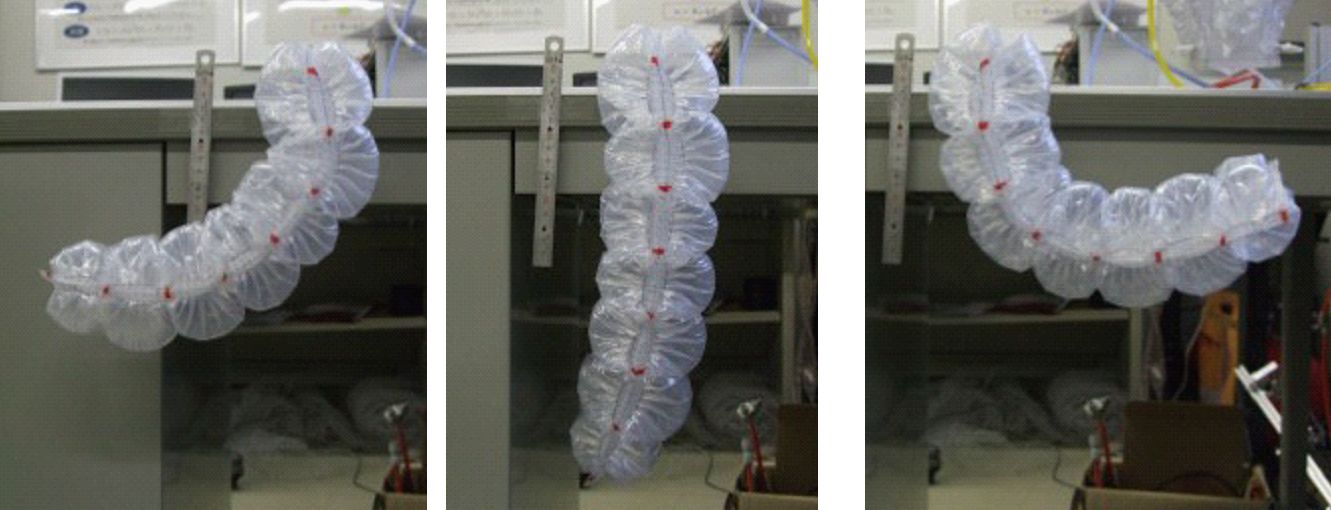 |
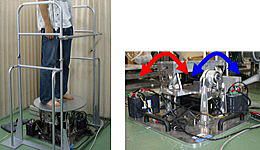 |
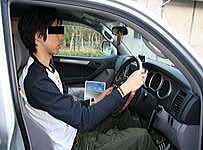 |
 |
(6) Life support, services, and communication
Researchers explore new realms for robots such as education, customer service, promotion and advertisement, healing, communication, and physical agent system. Unlike the robots in the past that were designed for objects or machines, the robots we research and develop can communicate with humans. In addition, we attempt to make it possible to forge some robotic systems to serve as infrastructure, which we research and develop.
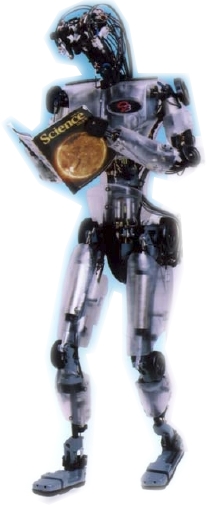 |
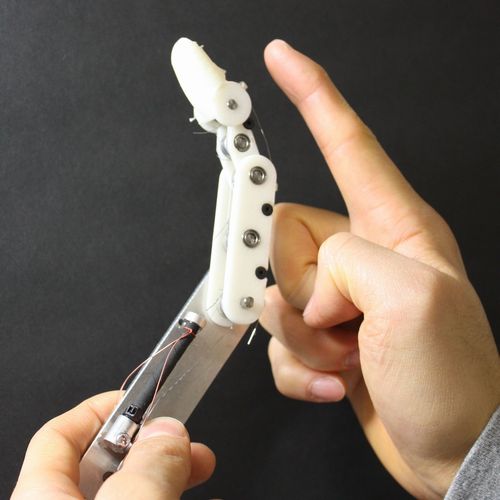 |
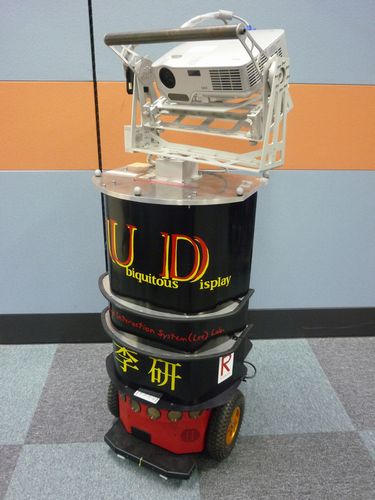 |
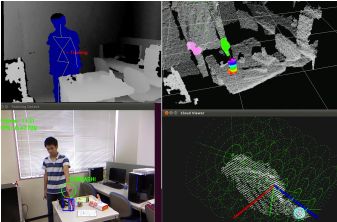 |
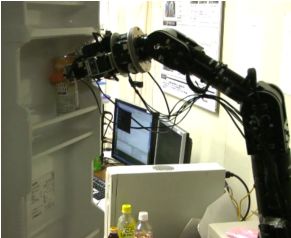 |
